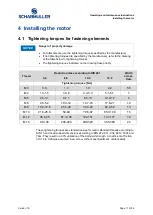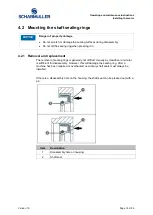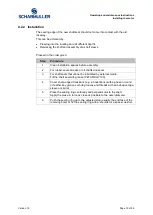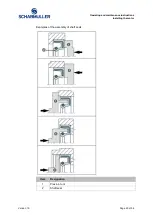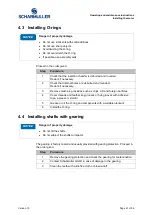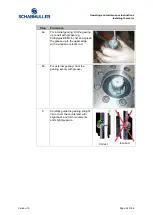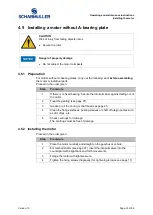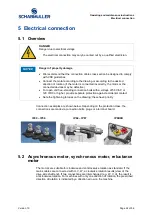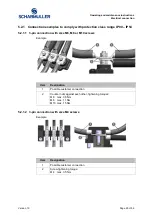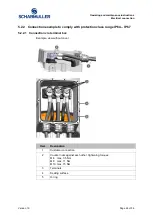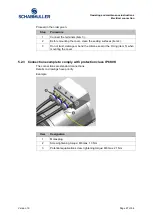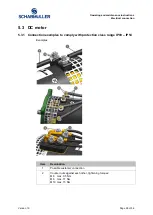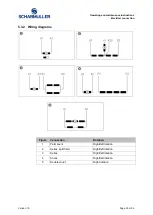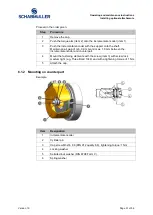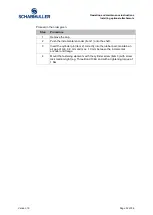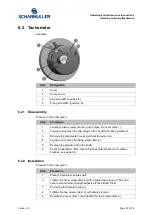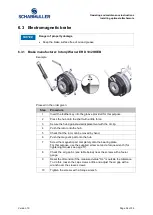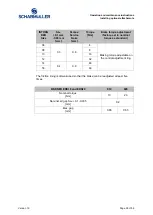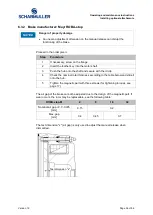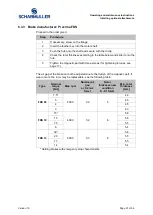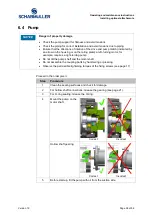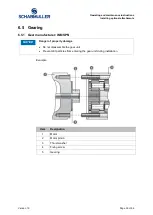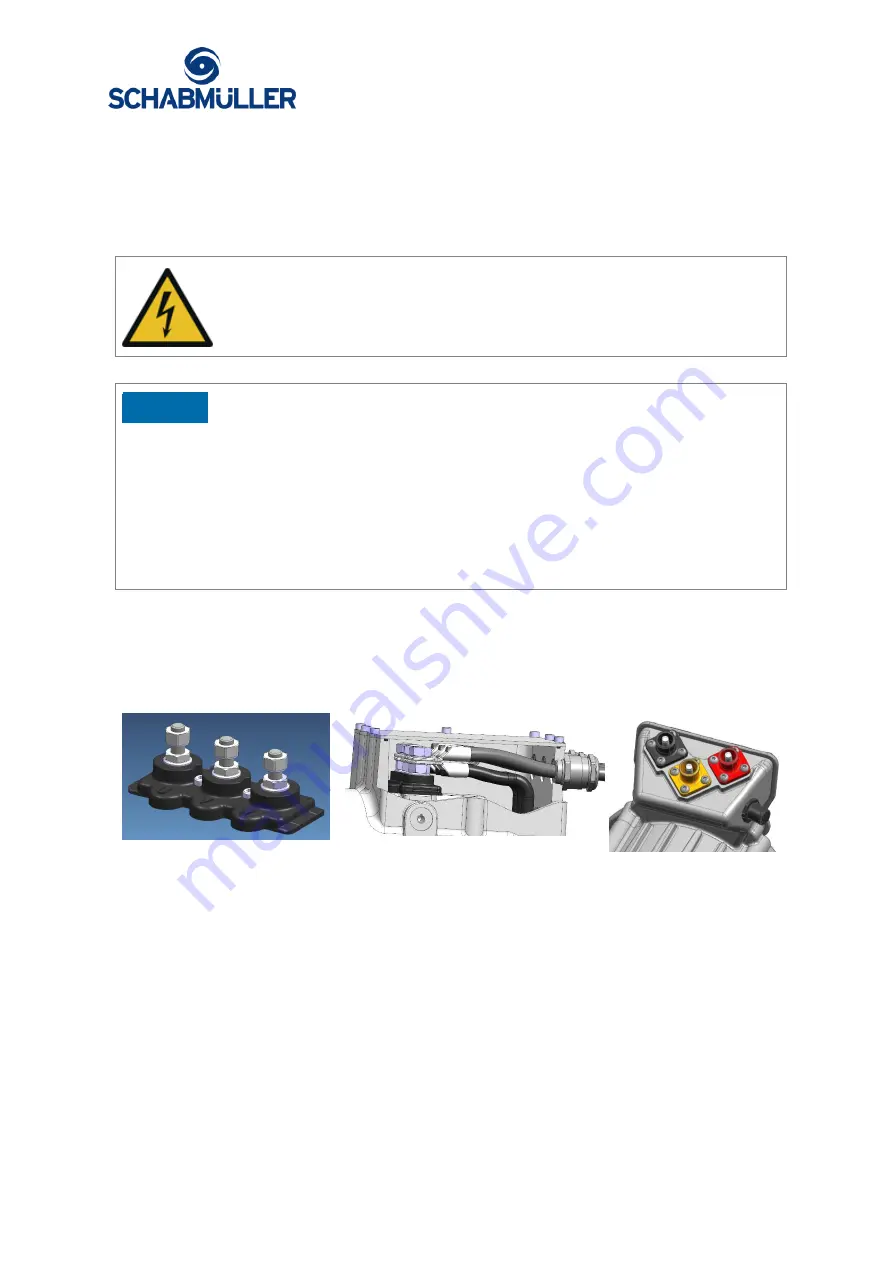
Operating and maintenance instructions
Electrical connection
Version 1.0
Page 24 of 56
5 Electrical connection
5.1 Overview
DANGER
Danger due to electrical voltage
The electrical connection may only be carried out by a qualified electrician.
Danger of property damage
We recommend that the connection cable cross-section be designed to comply
with VDE guidelines
Connect the motor according to the drawing or according to the desired
direction of rotation (if the motor is connected incorrectly, the motor or the
connected devices may be defective)
For open and free-standing connection bolts with a voltage of 50 V/AC or
120 V/DC or higher, provide separate protection against accidental contact
Note the tightening torques on the drawing; these have priority
Connection examples are shown below. Depending on the protection class, the
connections are made via connection bolts, plugs or a terminal board.
IP00
– IP54
IP64
– IP67
IP6K9K
5.2 Asynchronous motor, synchronous motor, reluctance
motor
The motors are suitable for clockwise and anticlockwise rotation as standard. If the
mains cables are connected with U, V, W, a clockwise rotation results (view of the
drive-side shaft end). If two connections are interchanged (e.g. W, V, U), the result is
anticlockwise rotation. For machines with only one direction of rotation, the prescribed
direction of rotation is indicated by a direction arrow on the machine.
NOTICE








